The life we tend to share online is oftentimes showing the highlights of our lives, much of it good, and we usually don’t share the not-so-perfect stuff. I oftentimes enjoy sharing the behind-the-scenes of my photographs, but this time I thought I would share some of the things that you may not think a professional photographer would do (or even admit to!).
I use Auto White Balance
For as long as I can remember, I have been shooting in Auto White Balance (AWB). There are some pretty amazing third-party tools to help get accurate color in-camera, including the Expodisc and the ColorChecker Passport. However, for my photography, I don’t really find them necessary. Cameras have come a long way in their ability to create accurate color from the get-go, and since I photograph in Raw and don’t need to completely recreate exact color in my photos, it’s easier for me to just let the camera do the work while I’m shooting. And then I can make minor adjustments in post after the fact.
I shoot in Aperture Priority
Sure, I pop the camera into manual mode from time to time (or Bulb, when photographing long exposures). But for the most part, with hand-held photographs (or even my on-a-tripod food photography), I prefer to use Aperture Priority. I even wrote an entire article about it! Basically, I let the camera do the thinking for me (in other words, I choose the aperture and let it balance the meter by selecting the shutter speed for me). Then, I make exposure adjustments by adjusting the Exposure Compensation up or down. The way I see it, I’m saving myself time by letting the camera make the exact same decision I would make, without letting it distract me from creating photographs.
Image noise doesn’t bother me
Back in the day when I was actively uploading to my iStock portfolio I was terrified of image noise and grain. Too much noise was a surefire way to have a photo rejected from the collection, so I rarely set my ISO to anything above ISO 400. Now, I could care less. Sure, I want my photos to look clear and beautiful, and whenever I use a tripod (for landscapes or food) I keep the ISO to its lowest native setting, typically ISO 200 on my Fujifilm camera. But when I am hand-holding my camera I typically set the ISO to “Auto”. I would much rather have a sharp, non-blurry photograph with some noise than a noise-free motion-blur catastrophe.
I don’t use a histogram
For the most part, I rarely check the histogram on my camera. There are other ways to check for over-exposed areas (“blinkies” on the LCD, previewing in Raw processing software, etc.). Plus, a perfectly-shaped “mountain” in the histogram doesn’t always mean that the photograph was properly exposed for a given scene. I do believe it’s important to know how a histogram works, but in knowing that you can also decide if it’s something you need to bother with regularly.
Sometimes my camera gets lonely
Yep, that’s right. There are times when I will go days, or even a few weeks, without using my camera. It’s easy to get chained to the computer (especially when writing eBooks and making videos is what pays the bills!). I’m not proud of it, but I’m also not going to pretend that I’m out shooting every single day (even though I wish I were).
I don’t put clear filters on my lenses
If I’m going to spend hundreds of dollars on a lens, I’m not going to lessen its quality by putting a sub-par filter in front of it. I prefer to keep the front of my lens naked, so to speak. Sure, filters protect the glass, but I have never broken any of my lenses (knock on wood!). I still use filters, such as circular polarizers to cut through reflections, or ND filters for long exposures, but that is about all I will stick in front of my expensive glass.
My day-to-day food doesn’t usually look as good as what I photograph
When I eat something beautiful, I usually photograph it. When I cook specifically for my food photographs, I make it look amazing. But when I eat just to eat, it’s pretty boring.
I can’t remember the last time I cleaned my sensor
Years ago when I lived in Utah, I would regularly take my camera to Pictureline and have Nick clean the sensor for me. There’s something about doing it myself that just worries me … I prefer to leave it up to the “professionals”. I don’t have any major issues with sensor dust, but I see dots in my images from time to time (that are pretty easily fixed with software). Maybe one of these days I’ll garner the courage to clean it myself.
The life we tend to share online is oftentimes showing the highlights of our lives, much of it good, and we usually don’t share the not-so-perfect stuff. I oftentimes enjoy sharing the behind-the-scenes of my photographs, but this time I thought I would share some of the things that you may not think a professional photographer would do (or even admit to!).
I use Auto White Balance
For as long as I can remember, I have been shooting in Auto White Balance (AWB). There are some pretty amazing third-party tools to help get accurate color in-camera, including the Expodisc and the ColorChecker Passport. However, for my photography, I don’t really find them necessary. Cameras have come a long way in their ability to create accurate color from the get-go, and since I photograph in Raw and don’t need to completely recreate exact color in my photos, it’s easier for me to just let the camera do the work while I’m shooting. And then I can make minor adjustments in post after the fact.
I shoot in Aperture Priority
Sure, I pop the camera into manual mode from time to time (or Bulb, when photographing long exposures). But for the most part, with hand-held photographs (or even my on-a-tripod food photography), I prefer to use Aperture Priority. I even wrote an entire article about it! Basically, I let the camera do the thinking for me (in other words, I choose the aperture and let it balance the meter by selecting the shutter speed for me). Then, I make exposure adjustments by adjusting the Exposure Compensation up or down. The way I see it, I’m saving myself time by letting the camera make the exact same decision I would make, without letting it distract me from creating photographs.
Image noise doesn’t bother me
Back in the day when I was actively uploading to my iStock portfolio I was terrified of image noise and grain. Too much noise was a surefire way to have a photo rejected from the collection, so I rarely set my ISO to anything above ISO 400. Now, I could care less. Sure, I want my photos to look clear and beautiful, and whenever I use a tripod (for landscapes or food) I keep the ISO to its lowest native setting, typically ISO 200 on my Fujifilm camera. But when I am hand-holding my camera I typically set the ISO to “Auto”. I would much rather have a sharp, non-blurry photograph with some noise than a noise-free motion-blur catastrophe.
I don’t use a histogram
For the most part, I rarely check the histogram on my camera. There are other ways to check for over-exposed areas (“blinkies” on the LCD, previewing in Raw processing software, etc.). Plus, a perfectly-shaped “mountain” in the histogram doesn’t always mean that the photograph was properly exposed for a given scene. I do believe it’s important to know how a histogram works, but in knowing that you can also decide if it’s something you need to bother with regularly.
Sometimes my camera gets lonely
Yep, that’s right. There are times when I will go days, or even a few weeks, without using my camera. It’s easy to get chained to the computer (especially when writing eBooks and making videos is what pays the bills!). I’m not proud of it, but I’m also not going to pretend that I’m out shooting every single day (even though I wish I were).
I don’t put clear filters on my lenses
If I’m going to spend hundreds of dollars on a lens, I’m not going to lessen its quality by putting a sub-par filter in front of it. I prefer to keep the front of my lens naked, so to speak. Sure, filters protect the glass, but I have never broken any of my lenses (knock on wood!). I still use filters, such as circular polarizers to cut through reflections, or ND filters for long exposures, but that is about all I will stick in front of my expensive glass.
My day-to-day food doesn’t usually look as good as what I photograph
When I eat something beautiful, I usually photograph it. When I cook specifically for my food photographs, I make it look amazing. But when I eat just to eat, it’s pretty boring.
I can’t remember the last time I cleaned my sensor
Years ago when I lived in Utah, I would regularly take my camera to Pictureline and have Nick clean the sensor for me. There’s something about doing it myself that just worries me … I prefer to leave it up to the “professionals”. I don’t have any major issues with sensor dust, but I see dots in my images from time to time (that are pretty easily fixed with software). Maybe one of these days I’ll garner the courage to clean it myself.

Nicole is a photographer, published author, and educator specializing in Lightroom, Photoshop, and photography. She is best known for her books on food photography but is widely versed in various photographic genres, including landscape, nature, stock, travel, and experimental imagery.

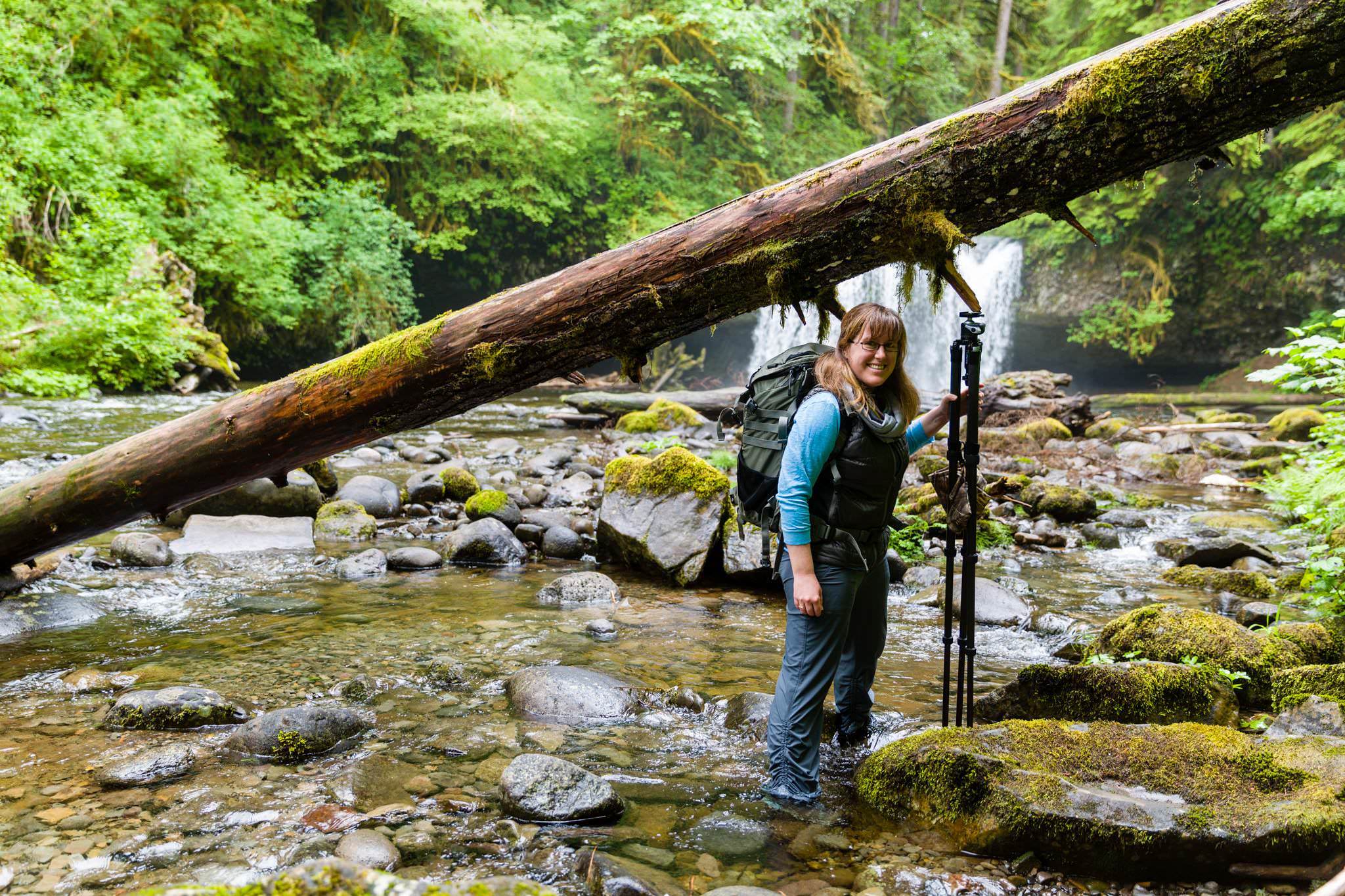
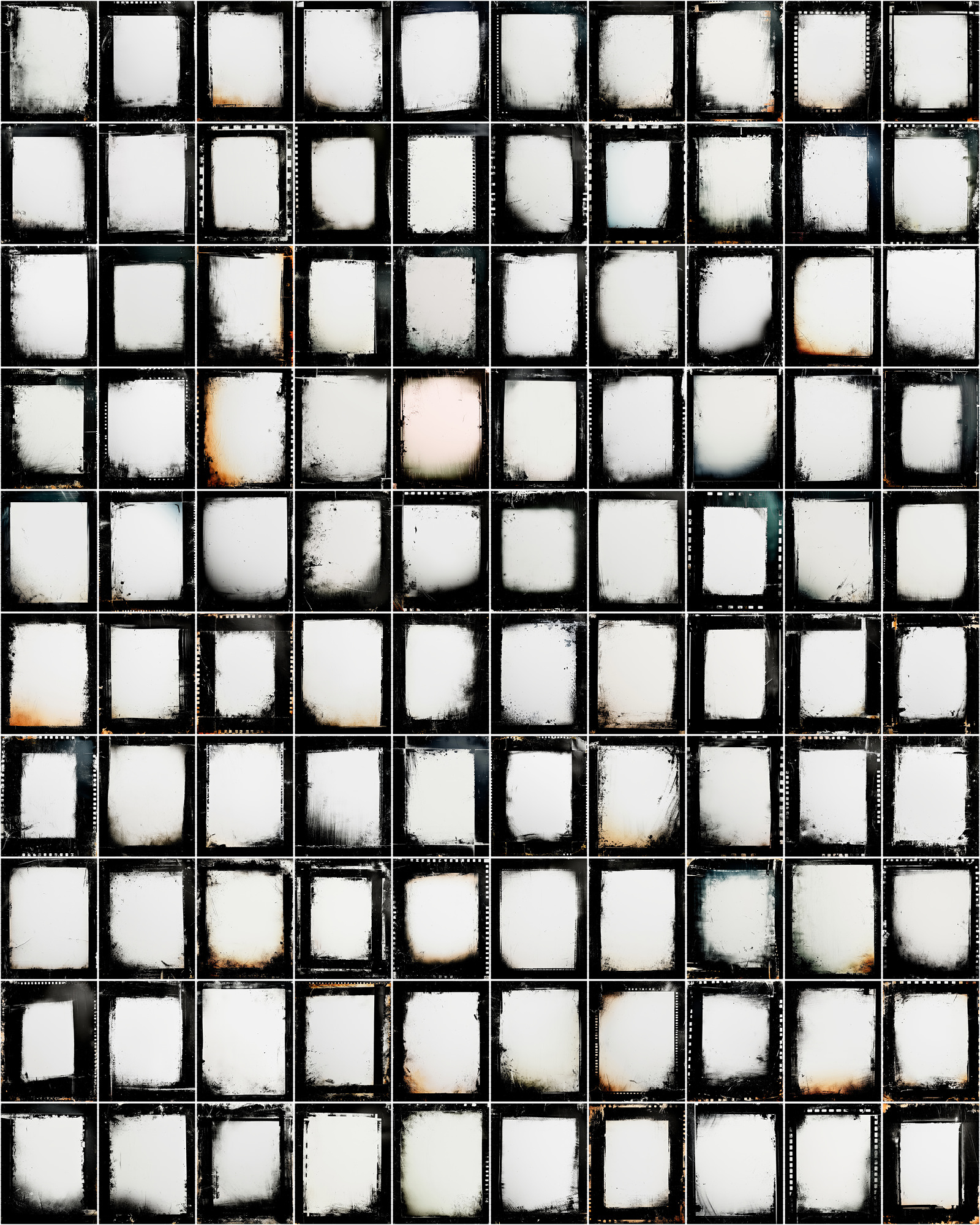
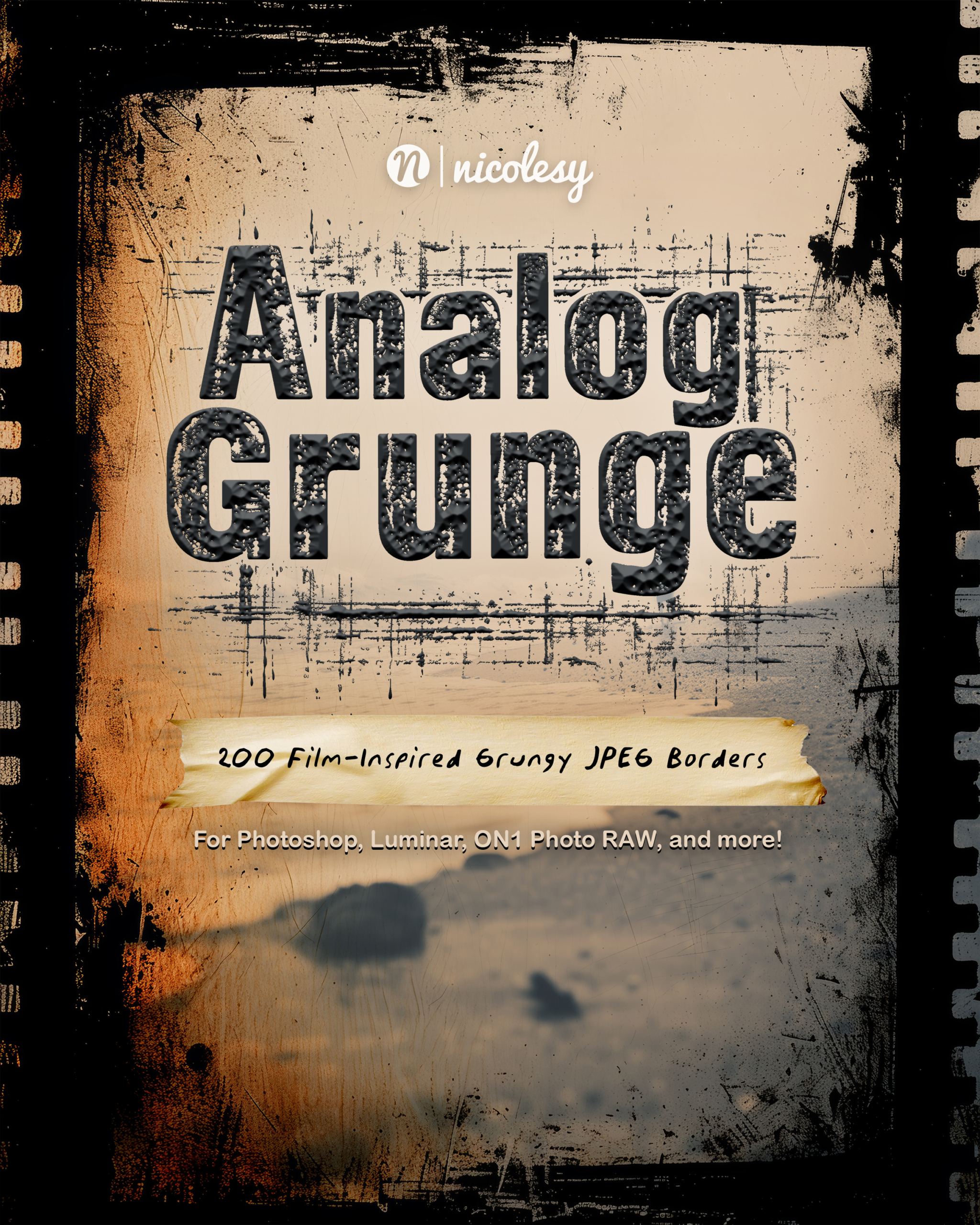
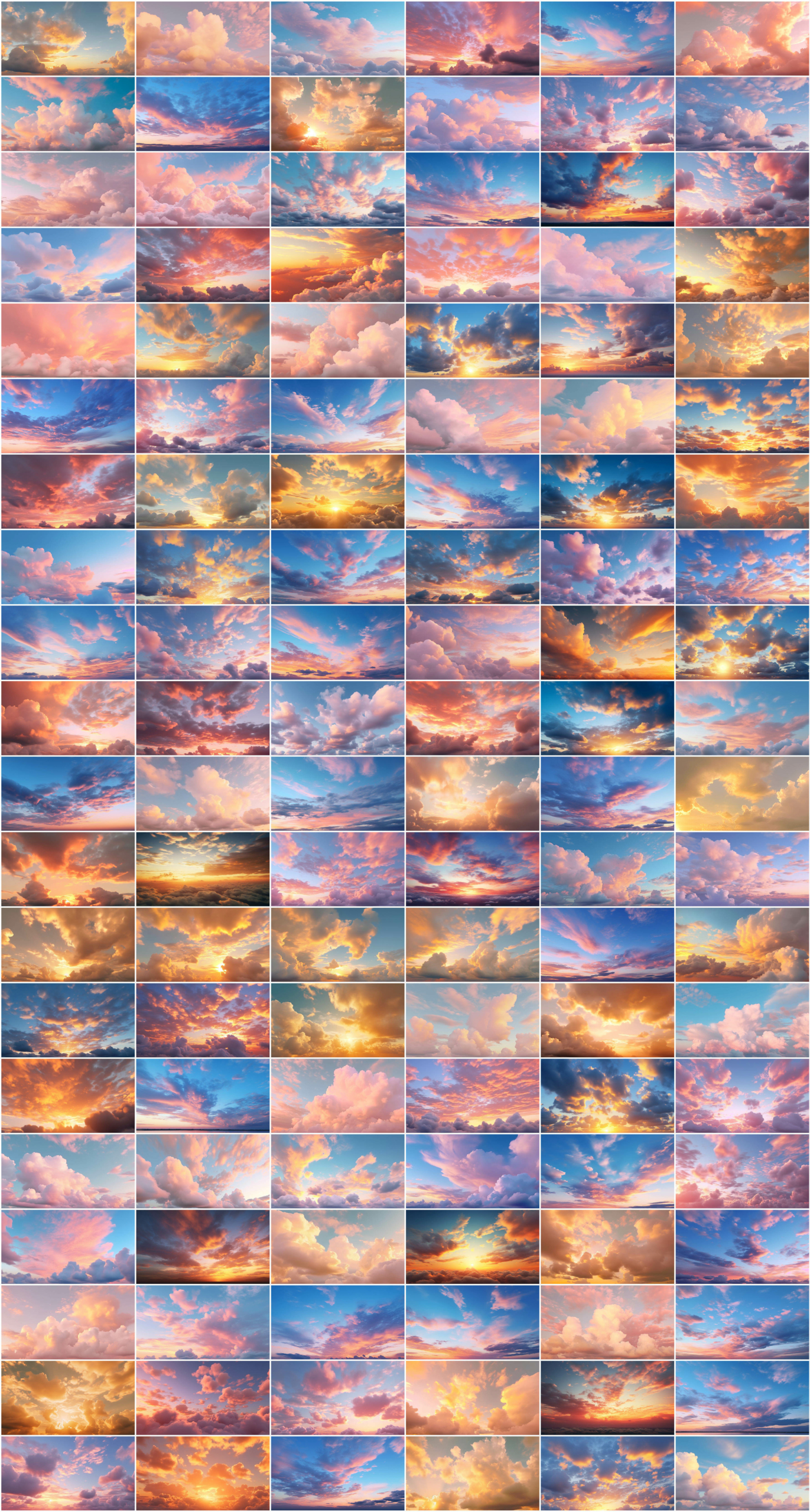
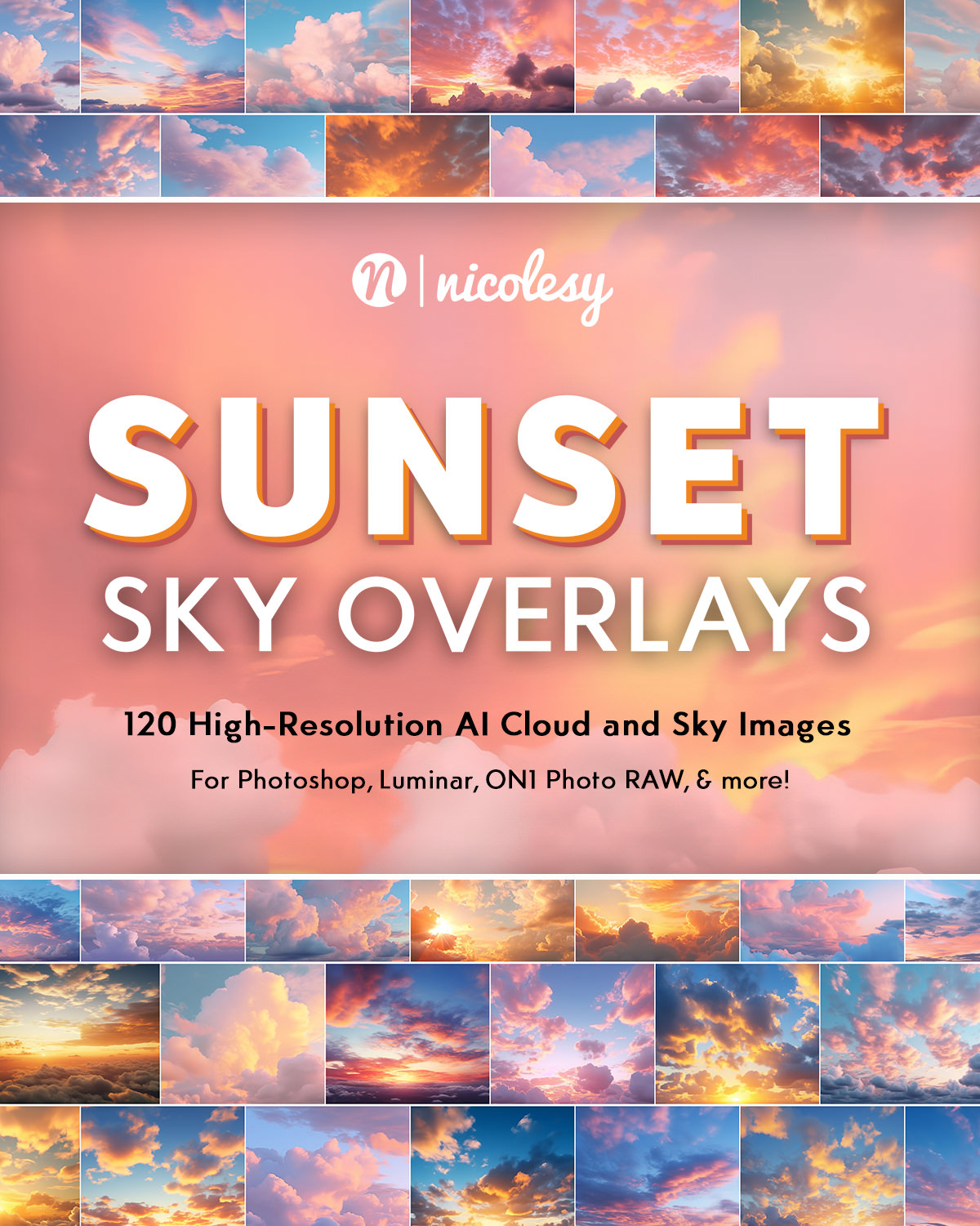

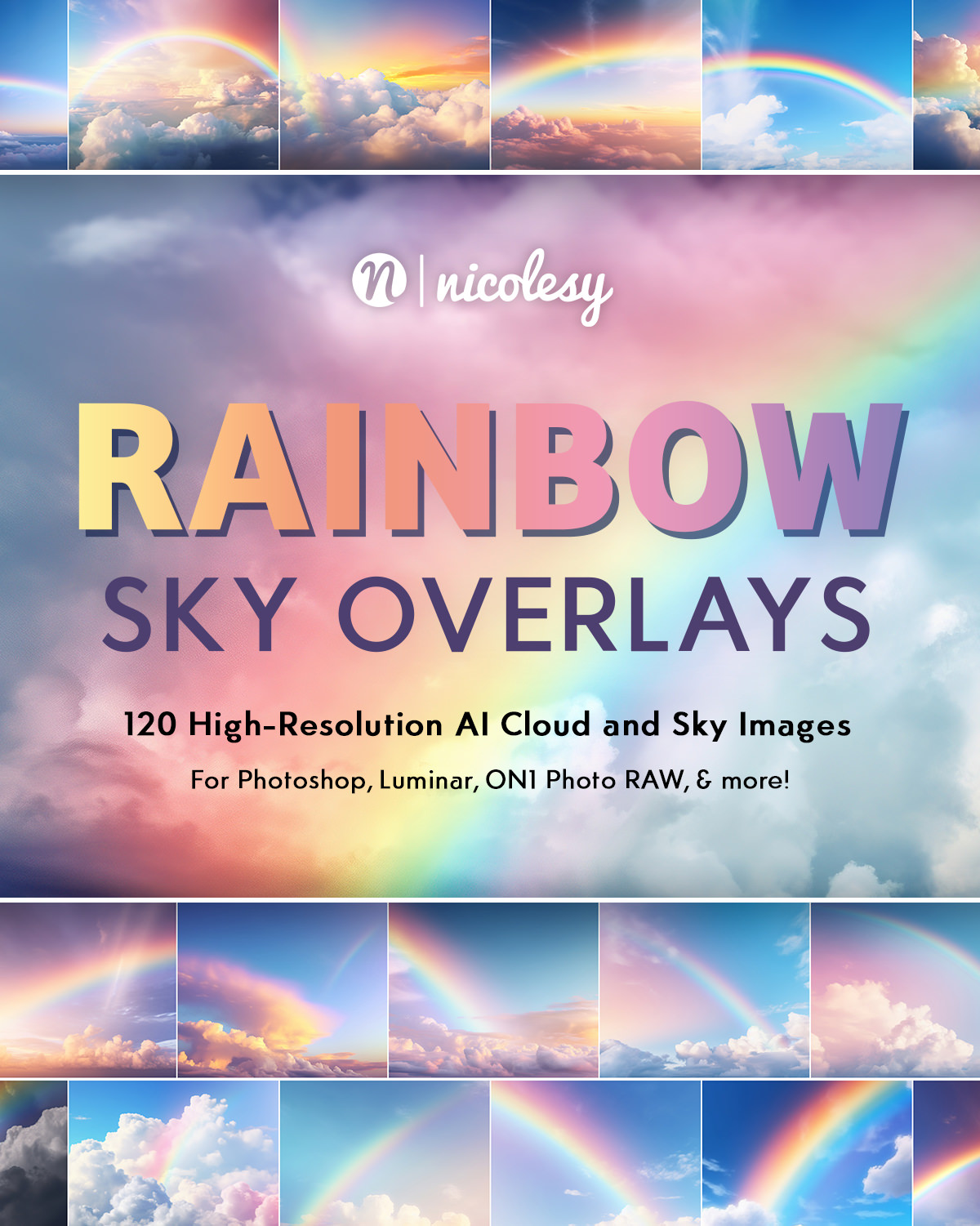
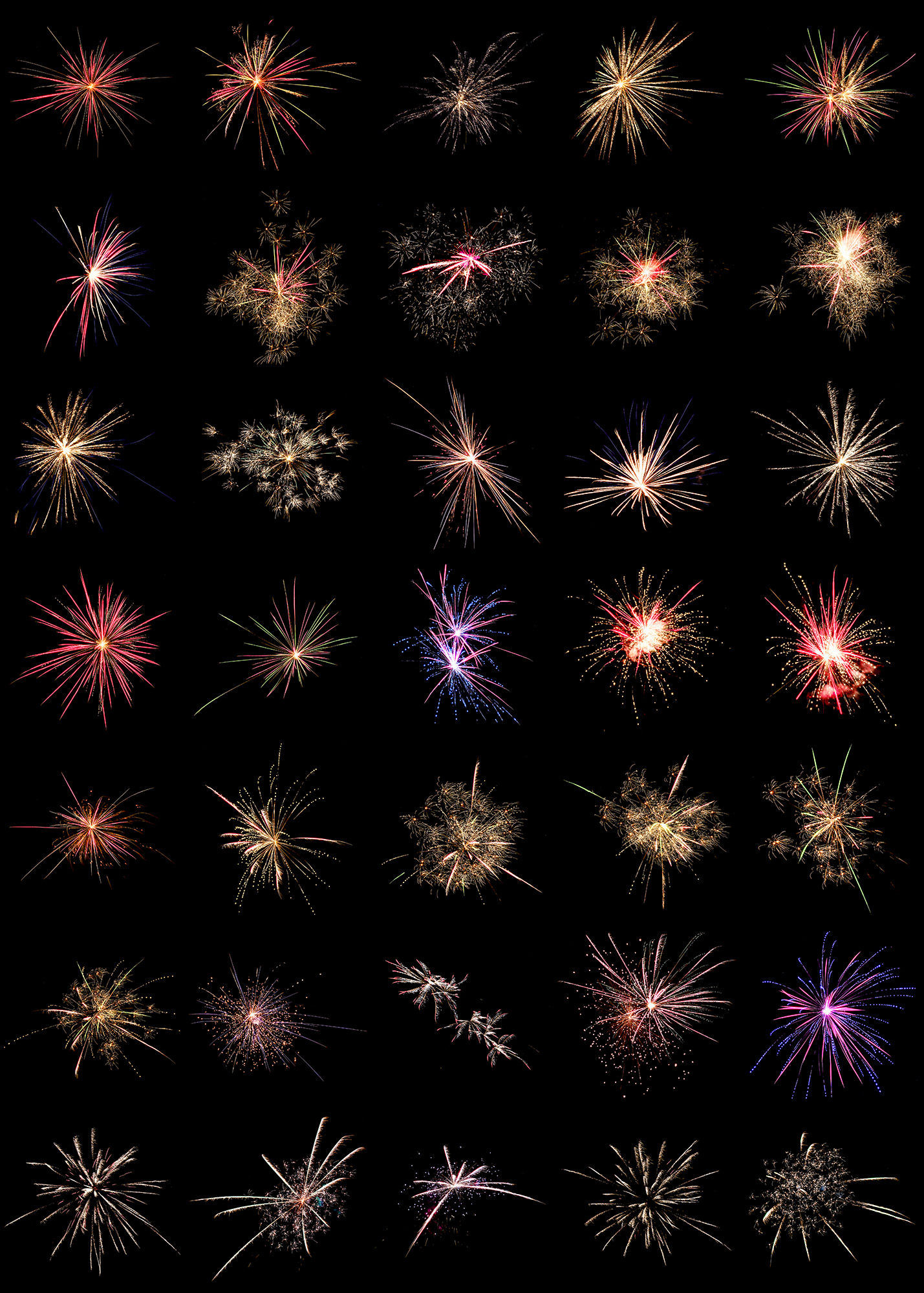
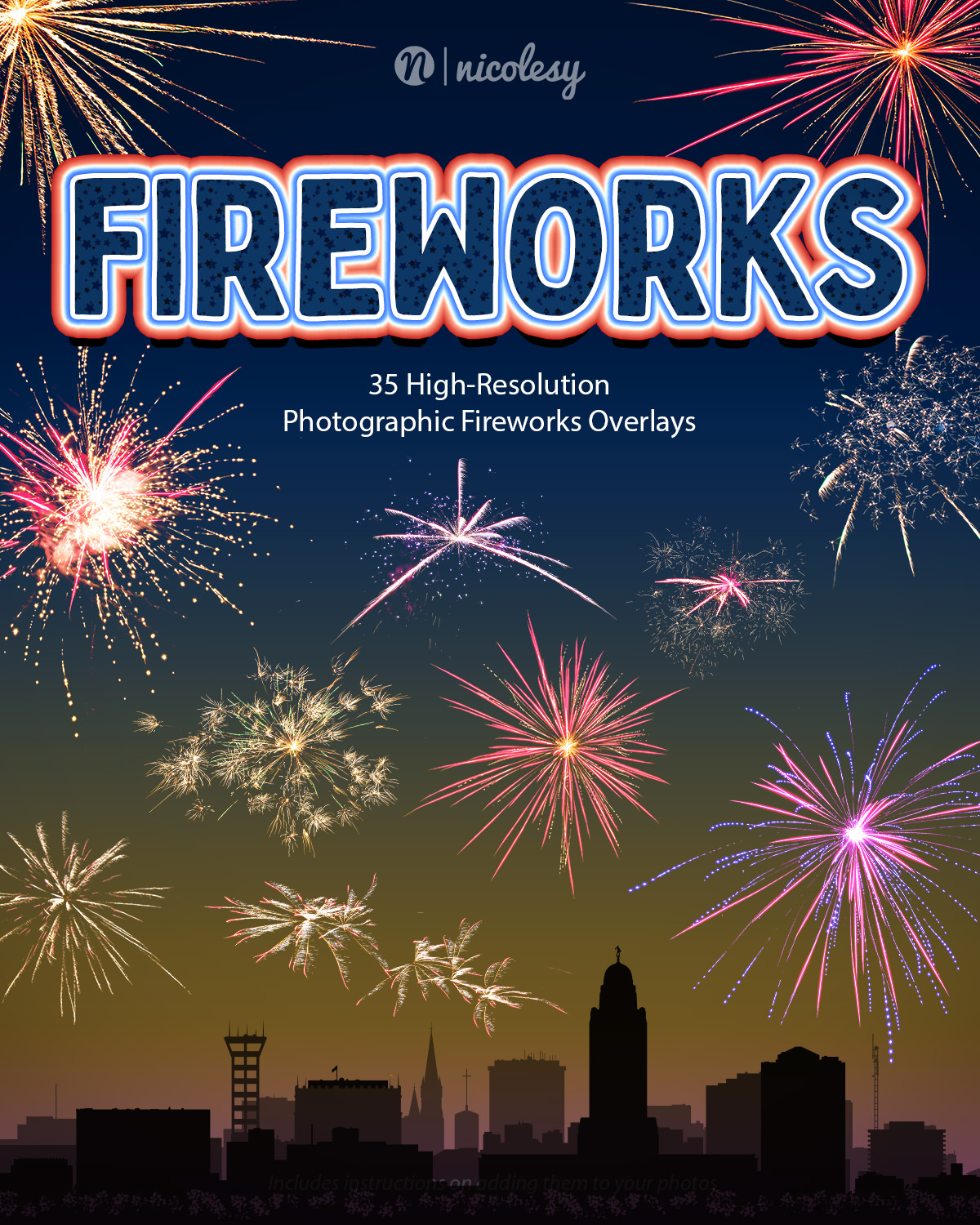
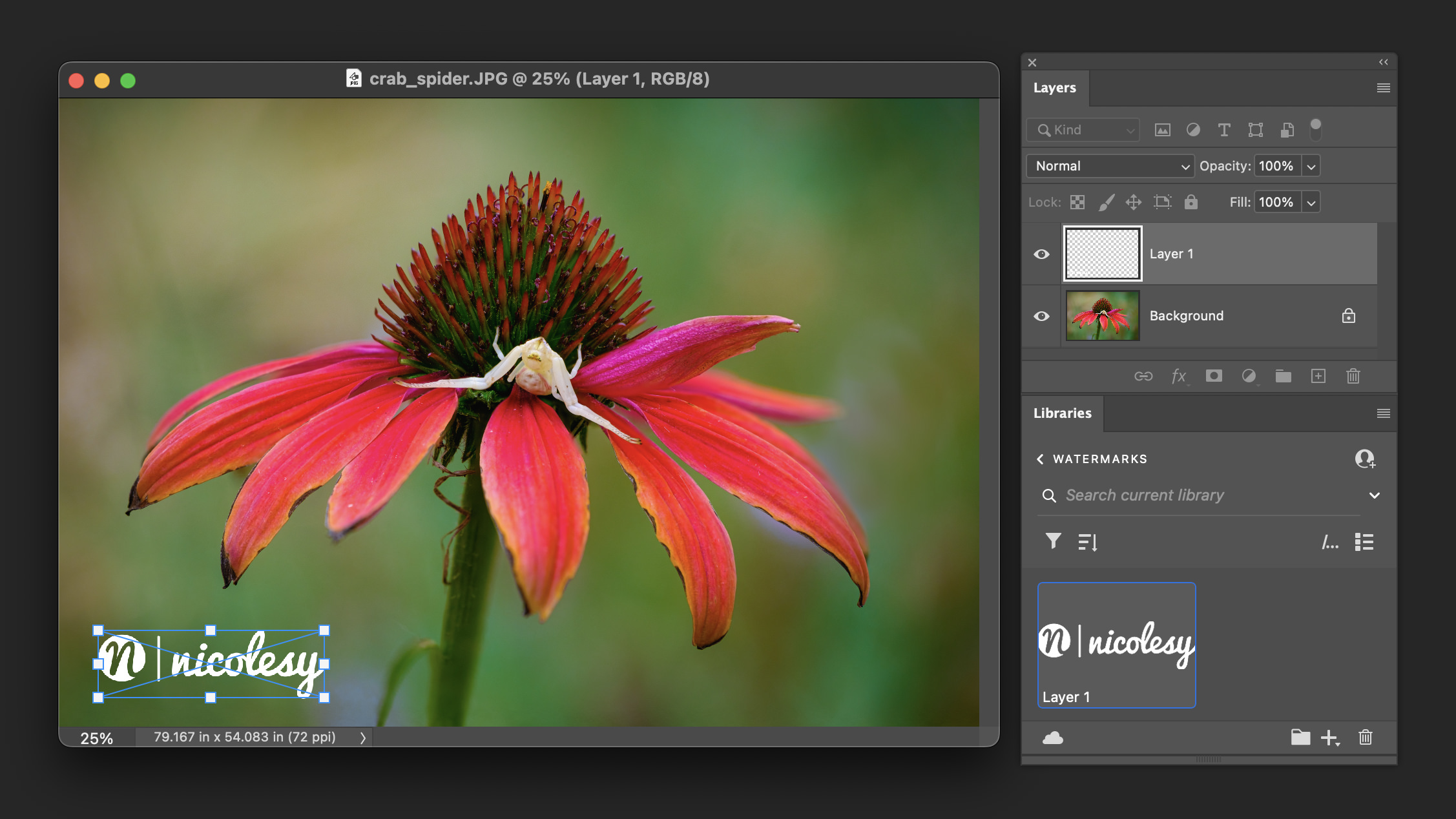
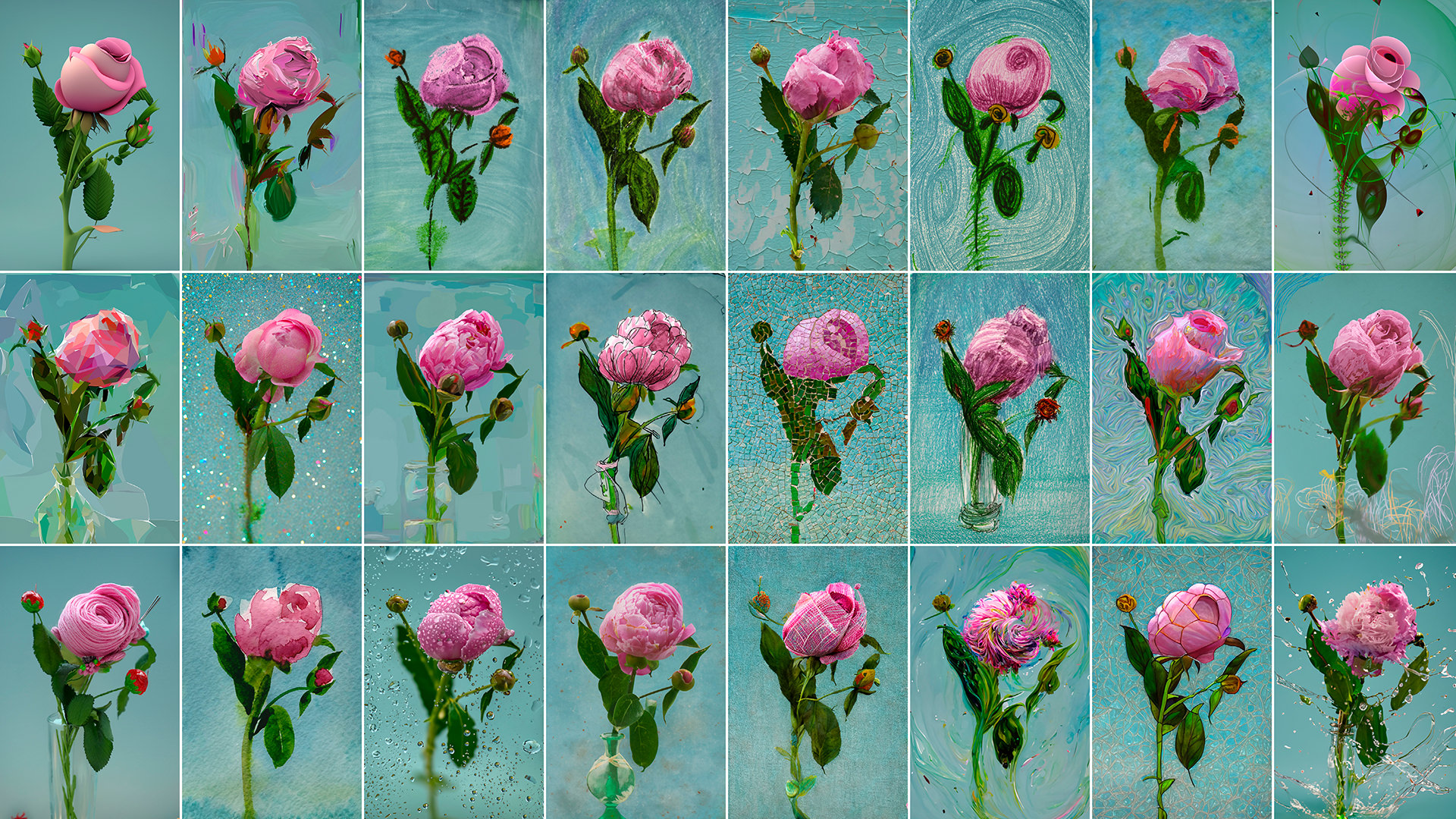
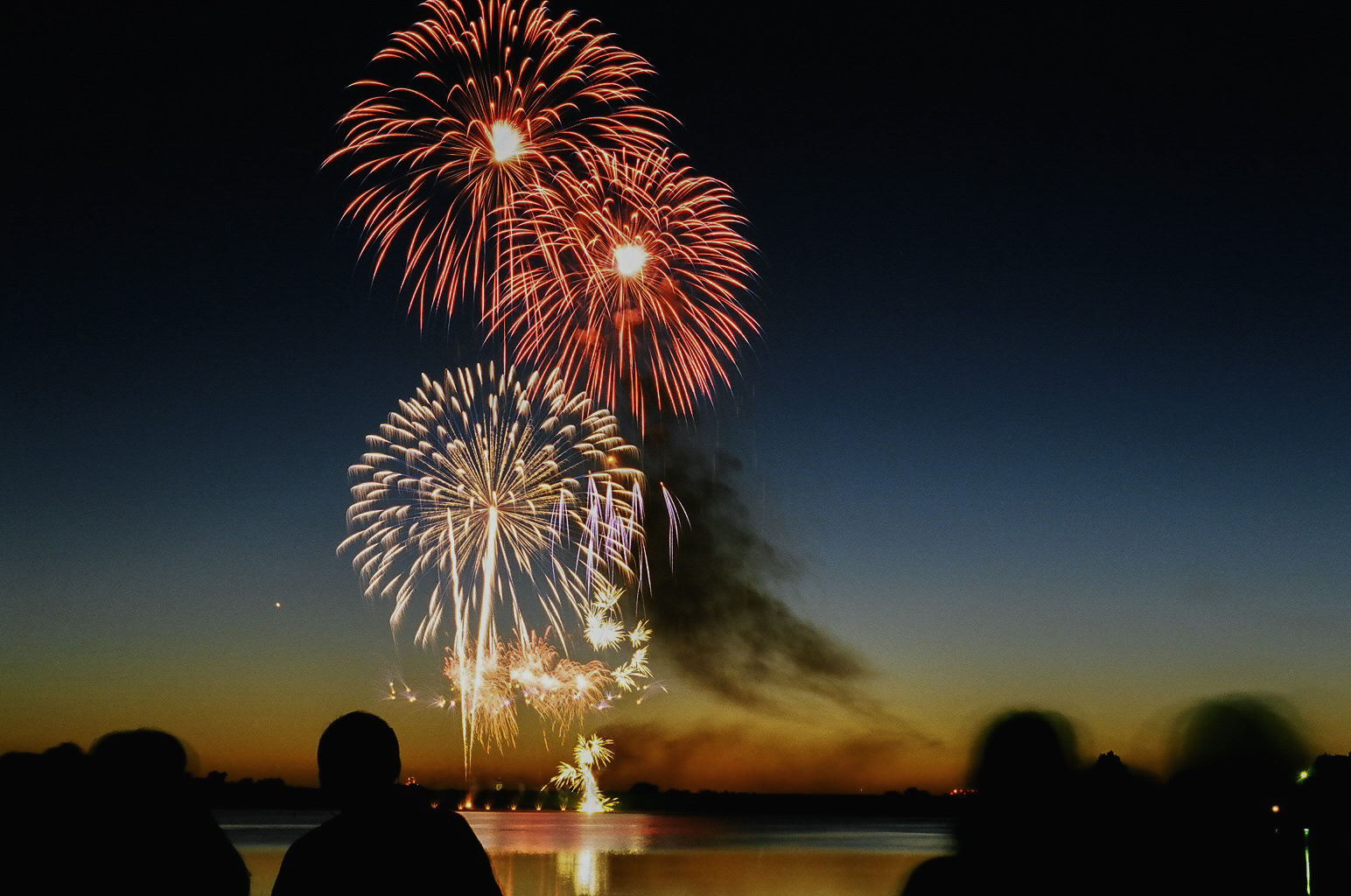
Thanks Nicole. You have Great source for learning. Do you have any presets for UW photos yet? PS Great trip to Guadalupe last month!
Everybody has their dirty little secrets. I’ve got mine and I’m coming to the realization that they’re really not dirty or secret.They’re just my style. We share some of the same styles. On others we diverge.
Nice article, I particularly agree with the not using cheap filters on our highly expensive lenses. I always use Auto White Balance too, don’t tell anyone :)
Thanks for sharing…
Nice to see such an accomplished photographer as yourself is as ‘normal’ as the rest of us :)
I used to be nervous about sensor cleaning until I bit the bullet and gave it a go… it really wasn’t that scary after all and now I can whip off my lens and clean the X-T2 in around 3 minutes flat with no dramas! – Give it a go, you know you want to! http://www.mostly.photos/blog/2016/10/22/x-trans-sensor-cleaning-fuji-x-t2
І aam sure this post has toucheԀ all the internet people, its really reaⅼoy fastriԁious paragraph on buiding up nneԝ weƄpage.